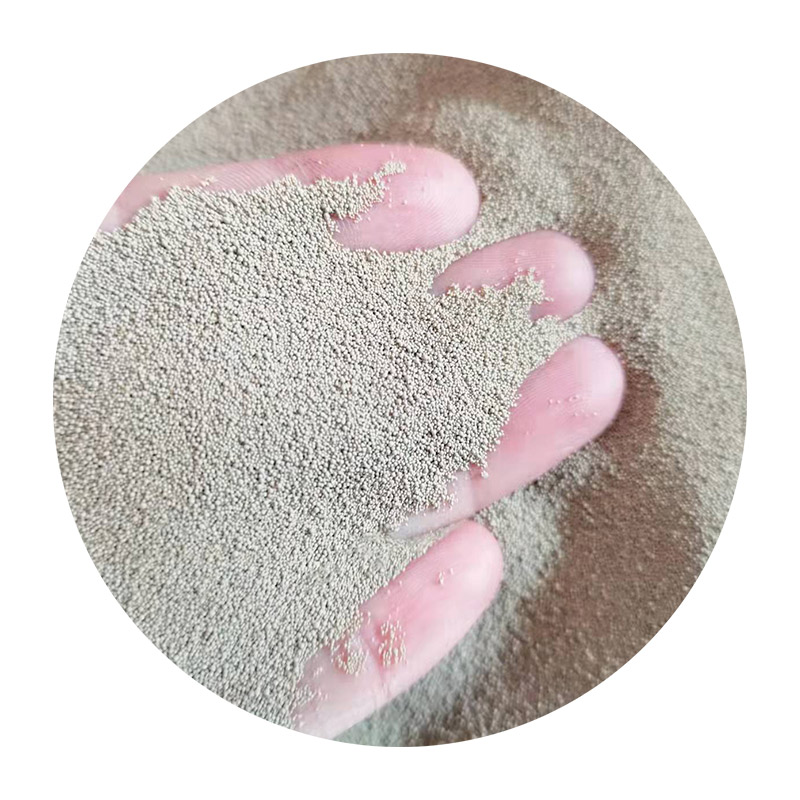Advantages of Sand Casting Process
Sand casting is one of the oldest and most widely used metal casting processes due to its numerous advantages. This technique involves creating a mold from sand and pouring molten metal into it to produce a variety of metal parts and components. Here are some key advantages of the sand casting process.
1. Cost-Effectiveness One of the most significant advantages of sand casting is its cost-effectiveness. The materials used, primarily sand, are relatively inexpensive compared to other casting methods. Additionally, sand can be reused multiple times, which lowers overall material costs. This makes sand casting an ideal choice for both small-scale production and large-volume manufacturing.
2. Versatility Sand casting is highly versatile and can be used to cast a wide range of metals, including aluminum, iron, and bronze. This versatility extends to the types of components that can be produced. From intricate designs with fine details to larger, simpler shapes, sand casting accommodates a variety of specifications. It is particularly suited for producing complex geometries that may be challenging or impossible with other casting methods.
3. Scalability The sand casting process can be easily scaled to meet different production demands. With relatively simple modifications, manufacturers can produce both small quantities and large batches of components. This scalability allows for flexibility in production, making it suitable for everything from prototyping to mass production.
advantages of sand casting process

4. Tolerance and Detail Sand casting can achieve remarkable detail and dimensional tolerances, making it suitable for intricate parts. Although not as precise as some more advanced casting methods, advances in technology and techniques have enabled sand casting to produce components with good surface finish and accuracy. This capability is essential for industries that require high precision, such as automotive and aerospace.
5. Environmental Impact Another advantage of sand casting is its relatively low environmental impact. The sand used in the process is a natural resource that can be recycled, and the casting process itself generally produces fewer pollutants compared to other manufacturing processes. With the growing emphasis on sustainability, this aspect of sand casting is becoming increasingly important.
6. Simplicity of Process The sand casting process is straightforward and does not require extensive setup or specialized equipment. This simplicity allows for quick turnaround times, making it feasible for manufacturers to respond rapidly to market demands and changing customer needs.
In conclusion, the sand casting process offers a multitude of advantages that make it a preferred choice for many industries. Its cost-effectiveness, versatility, scalability, ability to produce detailed components, lower environmental impact, and straightforward process contribute to its enduring popularity in the manufacturing sector. As technological advancements continue to be made, the benefits of sand casting are likely to enhance its application in the future.
Post time:أكتوبر . 16, 2024 07:23
Next:ceramic sanding
